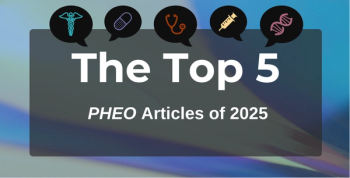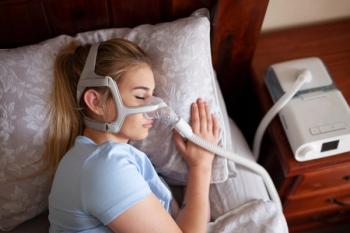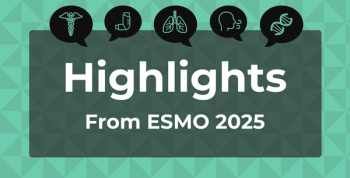
What Netflix Can Teach Us About Investing in the Provider Experience
Health care providers are struggling to navigate the realities of personalized health insurance. Even before coronavirus disease 2019 (COVID-19), the evolution of the insurance landscape—with employers increasingly turning to self-funded plans with customized networks and payers differentiating products to meet population demands—has required providers to keep up with a multitude of reimbursement, network, and regulatory changes. This, coupled with technology and reporting constraints, has added layers of manual tasks to providers’ workflows.
While the current health crisis didn’t create these dynamics, it has provided payers with an opportunity to meaningfully address them. Most importantly, the
The provider experience appears to be the largest leading
In short, payers are uniquely positioned to implement the Netflix model—but not the way you might think.
Services like Netflix have set a new standard for what it means to evolve to meet consumer needs: easy access with multiple viewing modalities, integrations with major viewing platforms, customized experiences, and original content informed by viewer data. Taken as a whole, Netflix treats increased platform utilization as increased value realization, with viewer engagement fueling the engine. In the same vein, platforms like Netflix know that if they don’t stay ahead of members’ needs and interests, they risk members looking at alternate options for value.
Netflix automates viewer preferences to ensure the most relevant content is available on the home screen of their interface. Providers deserve the same user experience: information that is hyper-personalized to patient needs, preferences, benefit structures, and network guardrails—all embedded directly into their existing workflow. Just as Netflix pushes notifications when viewer-relevant content is available, care teams should use automated technology to proactively contact patients about preventive interventions rather than reactive sick care.
Perhaps most significantly, Netflix uses its data to inform production content, leading to record-setting awards recognition. Payers can do the same, and leverage beneficiary and employer insights to inform the growing number of integrated delivery networks. Doing so can provide a data repository that streamlines administrative and clinical workflows, and improves operational margins in the process.
Adopting a consumer experience like Netflix without automated processes would simply result in an insolvent business model. If we demand this from our media-consumption devices, why do we ignore it within our health care system?
Payers have historically invested in human resources and reporting to support provider networks, with minimal returns, especially given the focus on plan-specific needs rather than equipping providers in payer-agnostic fashion. At the same time, providers have invested heavily in technology to improve administrative aspects of health care—for instance, with electronic health records systems, revenue cycle management software, and practice management platforms. However, these point solutions are disconnected from one another, create data silos, and have led to system-wide inefficiencies and negative health care experiences.
Payers should seize upon this opportunity to provide value within the efficiency equation by investing in point-of-care platforms that simultaneously improve provider operation margins, increase success in value-based programs, simplify insurance-specific decisions, and modernize patient and provider experiences—all in a workflow neutral manner. This requires a redesigned, end-to-end workflow that can sit atop any of the multimillion-dollar technology investments providers already made.
There’s an increasing need for intelligent automation to be ubiquitously adopted, allowing providers to survive, and hopefully succeed, in this myriad bespoke health care. Just as Netflix couldn’t thrive without automated experiences that make the most of its data, we can’t expect providers to be solvent in this environment if we don’t offer a minimally disruptive path to leverage existing technology investments in more automated ways.
Jeb Dunkelberger is head of growth at
Newsletter
Stay ahead of policy, cost, and value—subscribe to AJMC for expert insights at the intersection of clinical care and health economics.







































